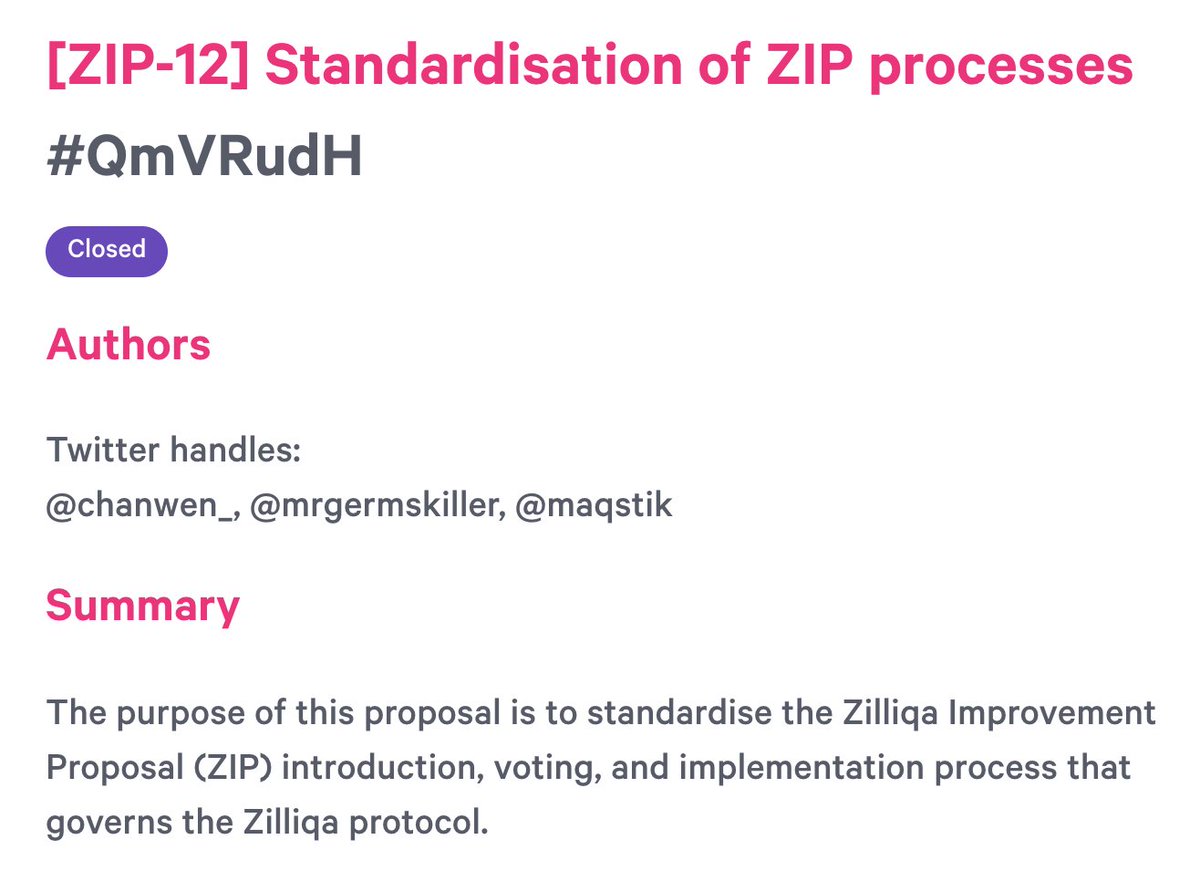
To all those who swear by $bZIL, we have made great progress on the vault contract that will interface with the existing staking contract.
$ZIL #Zilliqa
CC: @junhaotan_ @xiaohuo200
$ZIL #Zilliqa
CC: @junhaotan_ @xiaohuo200
https://twitter.com/AO_Showtime/status/1476965744306962438
Basically, the way it will work is: Instead of staking directly with the staking contract, you will be staking indirectly via a vault contract (specific to you) which in turn will stake your ZIL on your behalf with the staking contract.
And for every ZIL you stake via the vault, you will be given 1 bZIL. These bZIL will have to be returned if you wish to take your stake out. The returned bZIL are burnt.
The base contract is almost ready. However, there are a couple of features that we would like to add that will allow a smooth transition from the current staking system (via the staking contract) to staking via the vault contract.
Once the contracts are ready, we will have to update the zillion staking frontend to make it easier for users to use the vault.
• • •
Missing some Tweet in this thread? You can try to
force a refresh





